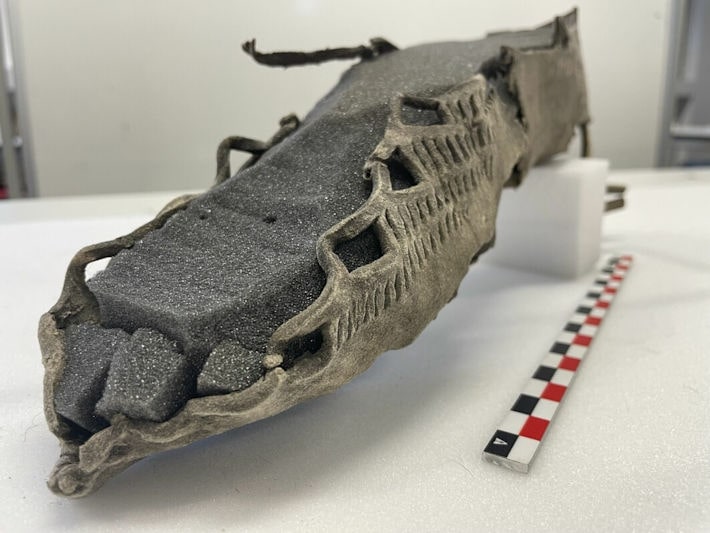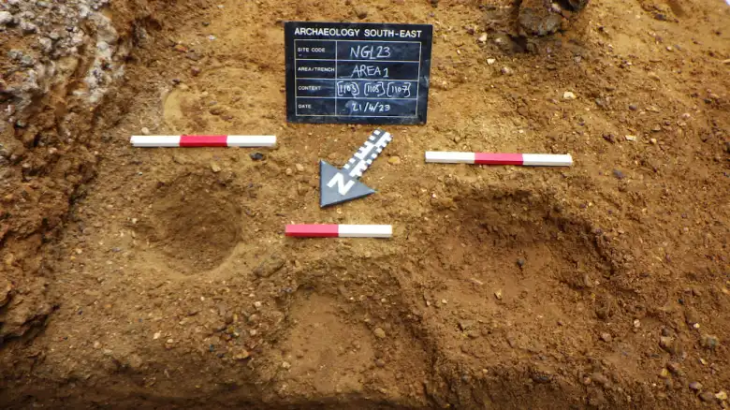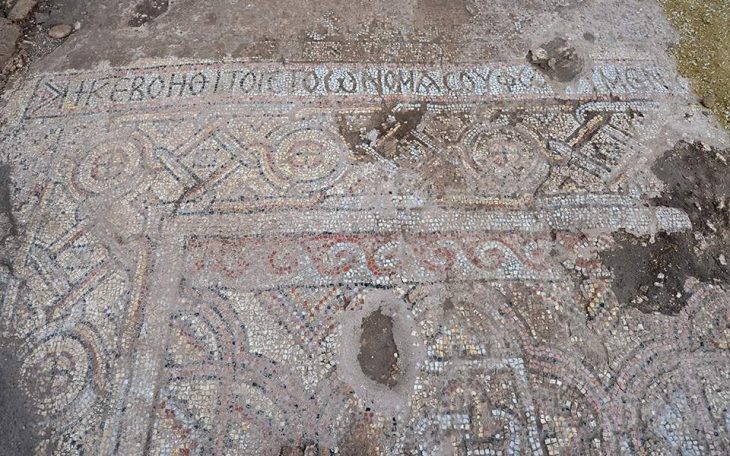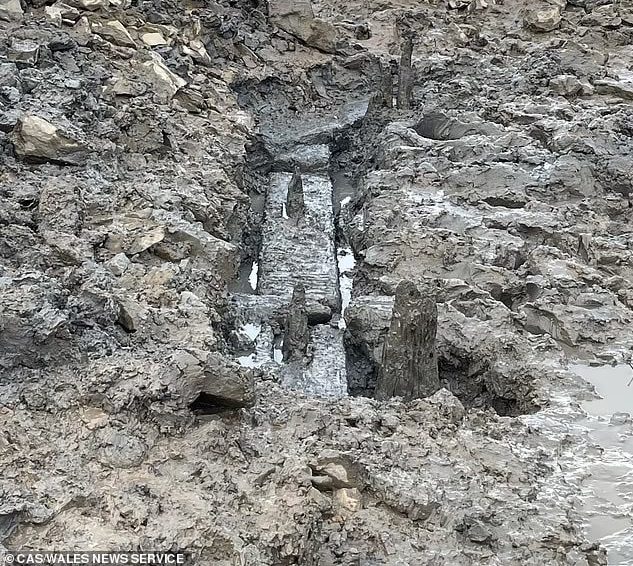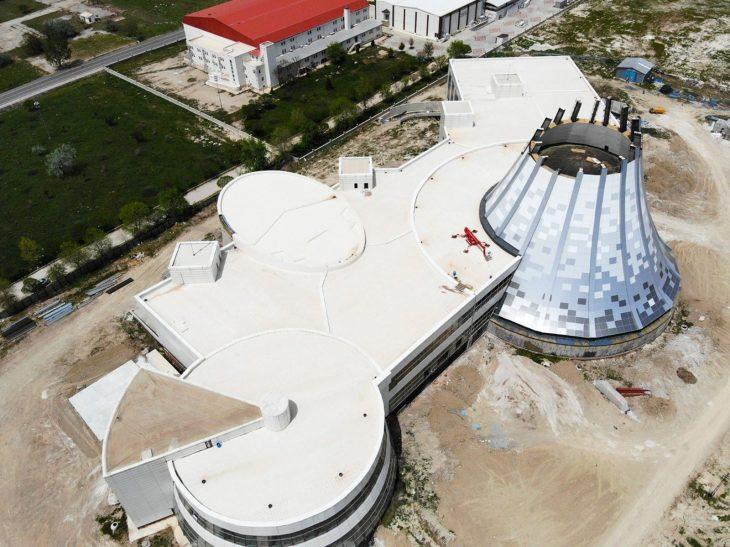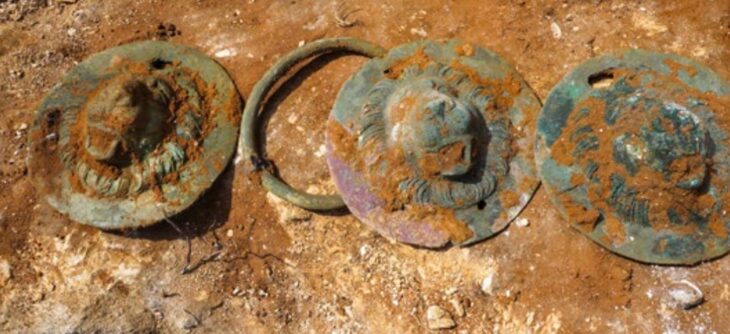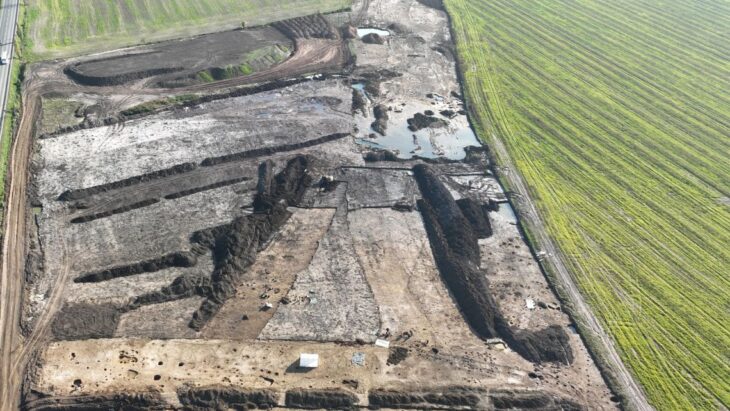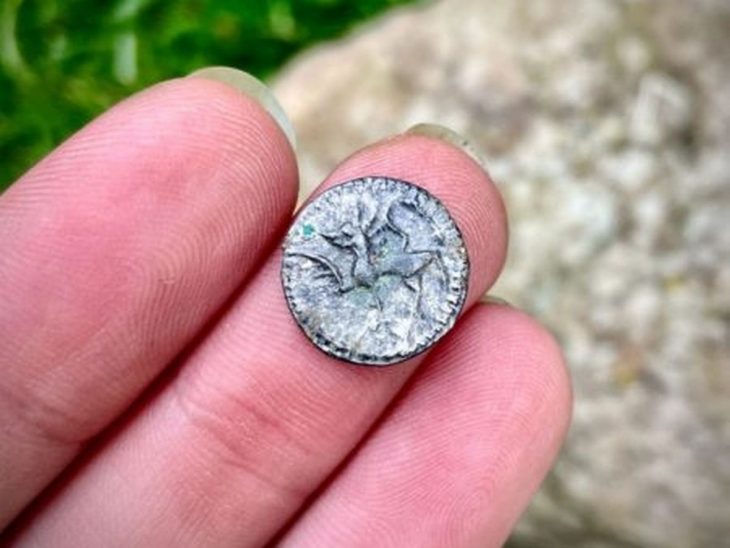Global warming is leading to the retreat of mountain glaciers. Incredibly well preserved and rare artifacts have emerged from melting glaciers and ice patches in North America, the Alps, and Scandinavia.
Team Secrets of the Ice has been searching for clues about the past in the Norwegian mountains for 15 years, and during this time the scientists have made many unusual discoveries.
One of the most interesting finds the team found is the surprising Roman-looking sandal they found buried deep in the snow in a dangerous Norwegian mountain pass.
The Lendbreen ice patch suffered an incredible melt in the fall of 2019. Finds appeared on the surface of the ice, showing that the melt had reached ice layers not previously touched by melt.
The Lendbreen ice patch in Norway’s Jotunheim Mountains, about 200 miles northwest of Oslo is located high in the mountains of southern Norway. In the 1800s, the area was dubbed the Jotunheim Mountains, or the home of the Jötnar, the fearful giants in Norse mythology.
📣 Our WhatsApp channel is now LIVE! Stay up-to-date with the latest news and updates, just click here to follow us on WhatsApp and never miss a thing!!

Lendbreen has provided the most archaeological finds of any ice patch in Scandinavia and possibly the world.
Among the most significant finds are the hundreds of pre-historic cairns, which are stone structures that signaled to the travelers where the route went, a lost Viking settlement, an iron horseshoe, as well as a 1700-year-old tunic.
Espen Finstad and his team have visited the area on several occasions and their latest finds were recently summarized in a new report.
Did Ancient Romans Visit The Norwegian Mountains?
Would there always have been snow here? Most likely, Finstad says. The amounts would have varied, but in summer or winter, this was no place for flimsy shoes.

“I do a lot of hiking in the mountains, and you know, I find myself thinking, why would you wear that shoe up here… it’s just very, open. Full of patterns and holes. But it was there. We found it on the ice”, says Finstad.
“He suggests googling roman shoes for images of similar footwear. The shoe found in the Norwegian mountains is dated to 200-500, so the end of the Roman Empire,” Science in Norway reports.
“It looks almost like a sandal. It’s pretty astonishing, we’re up here at almost 2,000 meters, and we find a shoe with fashion elements, similar to those found on the continent at the time,” Finstad says.

“We have found quite a number of shoes in the ice, from the Early Bronze Age to the Medieval period,” glacial archaeologist Lars Pilø tweeted about the Horse Ice Patch shoe. “Why did people lose their footwear in the snow? They probably didn’t – the shoes are worn out and probably thrown away as rubbish. Well, we don’t think this shoe is rubbish.”
It’s not the first shoe they’ve found.
At Lendbreen, shoes that cover the entire foot have been recovered. The common thing to wear when crossing a mountain pass where you were quite certain to encounter snow would be something made out of a large piece of animal skin that covered the entire foot.
“It’s easy to joke about a roman tourist who didn’t quite understand much about the country he was visiting”, Finstad says.
“But in any case, I believe the people who walked these routes most likely knew what they were doing. They would have worn something inside this shoe that made it work. Perhaps scraps of fabric or animal skin”.
As the ice melts, scientists hope to uncover many more ancient items that may offer clues to who visited the Lendbreen ice patch in ancient times.
Cover Photo: Espen Finstad/Secrets of the Ice

